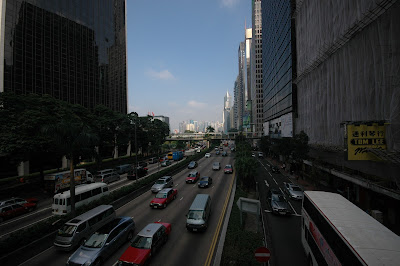Below is some information, courtesy of Wikipedia, on this fascinating place:
Chuuk Lagoon, formerly known as Truk Lagoon, is a sheltered
body of water in the central Pacific. North of New Guinea, it is located
mid-ocean at 7 degrees North latitude, and is part of Chuuk
State within the Federated States of Micronesia .
The atoll consists of a protective reef, 225 kilometres (140 mi) around,
enclosing a natural harbour 79 by 50 kilometres (49 by 30 mi), with an area of
2,130 square kilometres (820 sq mi).[1] It has a land area of 127.4 square
kilometres (49.2 sq mi), with a population of 47,871 people.
During World War II, Truk Lagoon was the Empire of Japan's
main base in the South Pacific theatre. The Japanese garrison consisted of
27,856 IJN men under the command of Vice Admiral Masami Kobayashi then Vice
Admiral Chuichi Hara and 16,737 IJA men under the command of Major General Kanenobu
Ishuin. A significant portion of the Japanese fleet was based there, with its
administrative center on Tonoas (south of Weno). Truk was the base for Japanese
operations against Allied forces in New Guinea
and the Solomon Islands .
Due to its heavy fortifications, both natural and manmade, the base at Truk was
known to Allied forces as "the Gibraltar
of the Pacific".
Operation Hailstone, executed by the United States
in 1944, culminated in one of the most important naval airstrikes of the war at
Truk. Twelve Japanese warships, thirty-two merchant ships and 249 aircraft were
destroyed, although the larger warships had moved to Palau a week earlier.
During WWII Truk Lagoon served as the forward anchorage for
the Japanese Imperial Fleet. The place was considered the most formidable of
all Japanese strongholds in the Pacific. On the various islands, the Japanese
Civil Engineering Department and Naval Construction Department had built roads,
trenches, bunkers and caves. Five airstrips, seaplane bases, a torpedo boat
station, submarine repair shops, a communications center and a radar station
were constructed during the war. Protecting these various facilities were
coastal defense guns and mortar emplacements. At anchor in the lagoon were the
Imperial Japanese Navy's giant battleships, aircraft carriers, cruisers,
destroyers, tankers, cargo ships, tugboats, gunboats, minesweepers, landing
craft, and submarines. Some have described it as Japan 's
equivalent of the Americans' Pearl Harbor .
Once the American forces captured the Marshall Islands ,
they used it as a base from which they launched an early morning attack on
February 17, 1944 against Truk Lagoon. The Japanese withdrew most of their
heavy units. Operation Hailstone lasted for three days, with an American
bombardment of the Japanese wiping out almost anything of value - 60 ships and
275 airplanes were sent to the bottom of the lagoon. The superior force of United States
ships and planes made the Truk lagoon the biggest graveyard of ships in the
world.
The attacks for the most part ended Truk as a major threat
to Allied operations in the central Pacific; the Japanese garrison on Eniwetok
was denied any realistic hope of reinforcement and support during the invasion
that began on February 18, 1944, greatly assisting U.S. forces in their conquest of
that island. Truk was isolated by Allied (primarily U.S. )
forces as they continued their advance towards Japan
by invading other Pacific islands such as Guam, Saipan ,
Palau , and Iwo
Jima . Cut off, the Japanese forces on Truk and other central
Pacific islands ran low on food and faced starvation before Japan
surrendered in August 1945.
 |
| Bottles still in the crates......... |
 |
| Ships Telegraph still in position |
 |
| Me over the bow of the San Francisco |



















































































